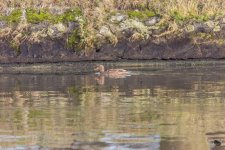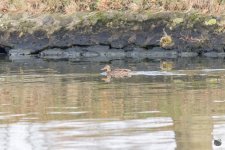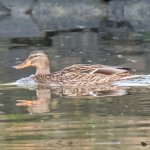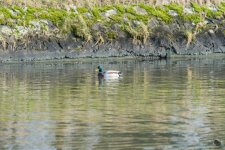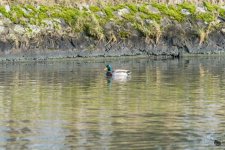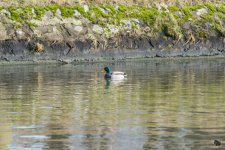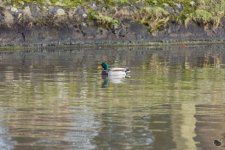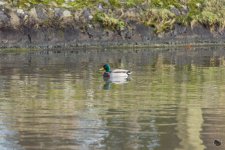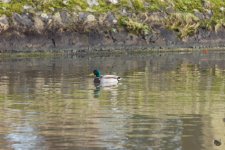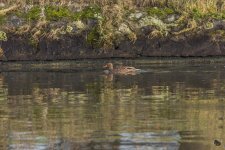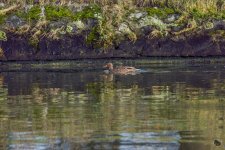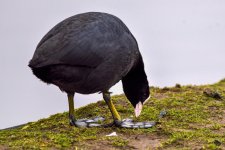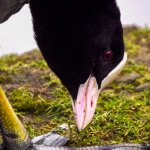Blade Canyon
Senior Member
I understand very well what you are saying, but please consider this.
I was a non-believer, too, until I did some experiments that basically proved J-see is right. It didn't matter if I was shooting indoors or long exposure night shots, so long as the exposure time and aperture were the same: a RAW file shot at 100, boosted 4 stops in ACR, looked exactly the same as a RAW file shot at ISO 1600. They were indistinguishable from any standpoint, including noise or artifacts.
Now, I have not seen any evidence in my tests that shooting at 100 gave me a BETTER shot, but the evidence is clear that a low ISO is definitely better than an ISO too high, because even just a little "overexposure" (too high ISO) caused data loss (blow outs) in the higher ISO file, while the lower ISO shots kept the data.
I have the shots on my home PC that can prove this, but am at work now. Can post them later.
Does this mean I'm going to set my D800 on ISO 100 all the time? No, because I often like to have properly exposed JPEGs SOOC that don't require any post processing, and I like to see and evaluate my work on the back of the camera while shooting.
There is an exception that I haven't tested, and that's whether the camera's high-ISO noise reduction creates a cleaner shot, because this camera feature would not kick in shooting as ISO 100.
Last edited:

